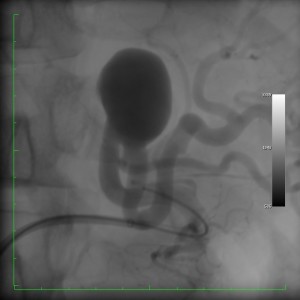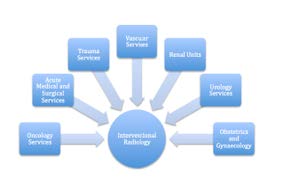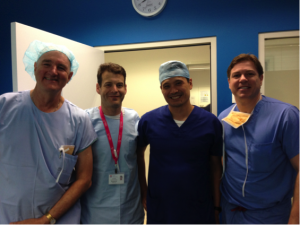
Venous Williams: Serena’s Incredible Untold Story Behind the Australian Open
The Australian Open Tournament had its share of amazing stories this year. It was Roger Federer’s 20th Slam, Wozniaki’s first slam…but do you know of the most incredible story behind this year’s Australian Open? Whether you’re a tennis fan or not, chances are you’ve heard of Serena Williams. You’ve probably even heard of her pregnancy – during which she WON a Grand Slam. This is incredible enough, but what most people don’t know about Serena’s pregnancy is that she developed potentially life-threatening blood clots after giving birth. Blood clots in the deep veins (deep venous thrombosis, or DVTs) are common in pregnant women due to factors including hormonal changes in their bodies, the uterus pressing on veins in their legs, ... READ MORE




